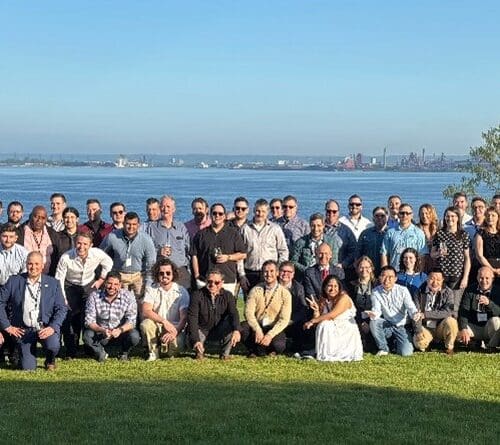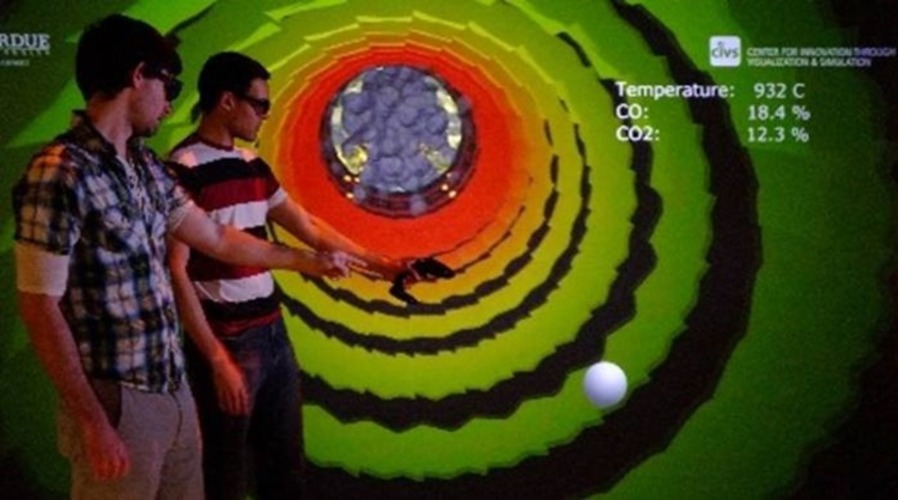CIVS Staff Present at Bi-Annual Blast Furnace Ironmaking Course at McMaster University


On May 16, CIVS Associate Director for Research, Tyamo Okosun, and CIVS Graduate Research Assistant, Samuel Nielson, presented “Comprehensive Numerical Modelling of the Blast Furnace Ironmaking Process” at the McMaster University Blast Furnace Ironmaking Course in Hamilton, Ontario, Canada. They lectured on CIVS’s state-of-the-art blast furnace CFD modeling techniques to course to approximately 110 attendees as well as networked with blast furnace and ironmaking experts from around the world.
This one-week bi-annual Ironmaking course offers a unique opportunity to gain an in-depth view of blast furnace theory, operation, and best practices. Lectures are given by acknowledged experts in their fields coming from diversified backgrounds and global experience. CIVS Director, Chenn Zhou, has previously given this lecture for more than 10 years. It is an invaluable course for managers, operators, engineers, researchers, or anyone involved in supplying equipment, materials or raw materials to the ironmaking industry.
There is a broad range of topics covered, ranging from blast furnace design, reactions, day-to-day operation, operation during challenging conditions, campaign extension strategies, safety aspects, and many more. In addition to the lectures, further learning and networking opportunities are gained through open discussions, training exercises/simulations, and a plant tour of a local ironmaking facility.
This course was a great opportunity to share the research that we work on here at CIVS with industrial partners. It was also very helpful to see things from the operators’ perspective and understand how the modeling can aid industrial operations with insights into the process.
Blast furnaces are counter-current chemical reactors, widely utilized in the ironmaking industry. Hot reduction gases injected from lower regions of the furnace ascend, reacting with the descending burden. Through this reaction process, iron ore is reduced into liquid iron that is tapped from the furnace hearth. Due to the extremely harsh environment inside the blast furnace, it is difficult to measure or observe internal phenomena during operation. Despite the age of the process, the blast furnace remains critical to industrial ironmaking. With advances in analysis technologies and control systems, and pressure from new steelmaking techniques, modern blast furnace operation has become more efficient. Further development requires better understanding of phenomena within the blast furnace, including heat transfer, mass transfer, chemical reactions, and multiphase flow in the three regions of the furnace, the shaft, the raceway, and the hearth. To that end, computational simulation and visualization have been applied to explore blast furnace phenomena. In the lecture given by Tyamo and Samuel, they discussed the state-of-the-art techniques for simulation and visualization of the blast furnace using comprehensive Computational Fluid Dynamics (CFD) models and VR/AR technologies developed by the Center for Innovation through Visualization and Simulation (CIVS) at Purdue University Northwest (PNW) in the last 25 years. They also presented examples of their applications for troubleshooting and optimization of blast furnace operations. In addition, PNW is working to expand the application of these models to the development of a combined CFD-machine learning approach to real-time, what-if, and guidance predictions called the Integrated Virtual Blast Furnace (IVBF).



